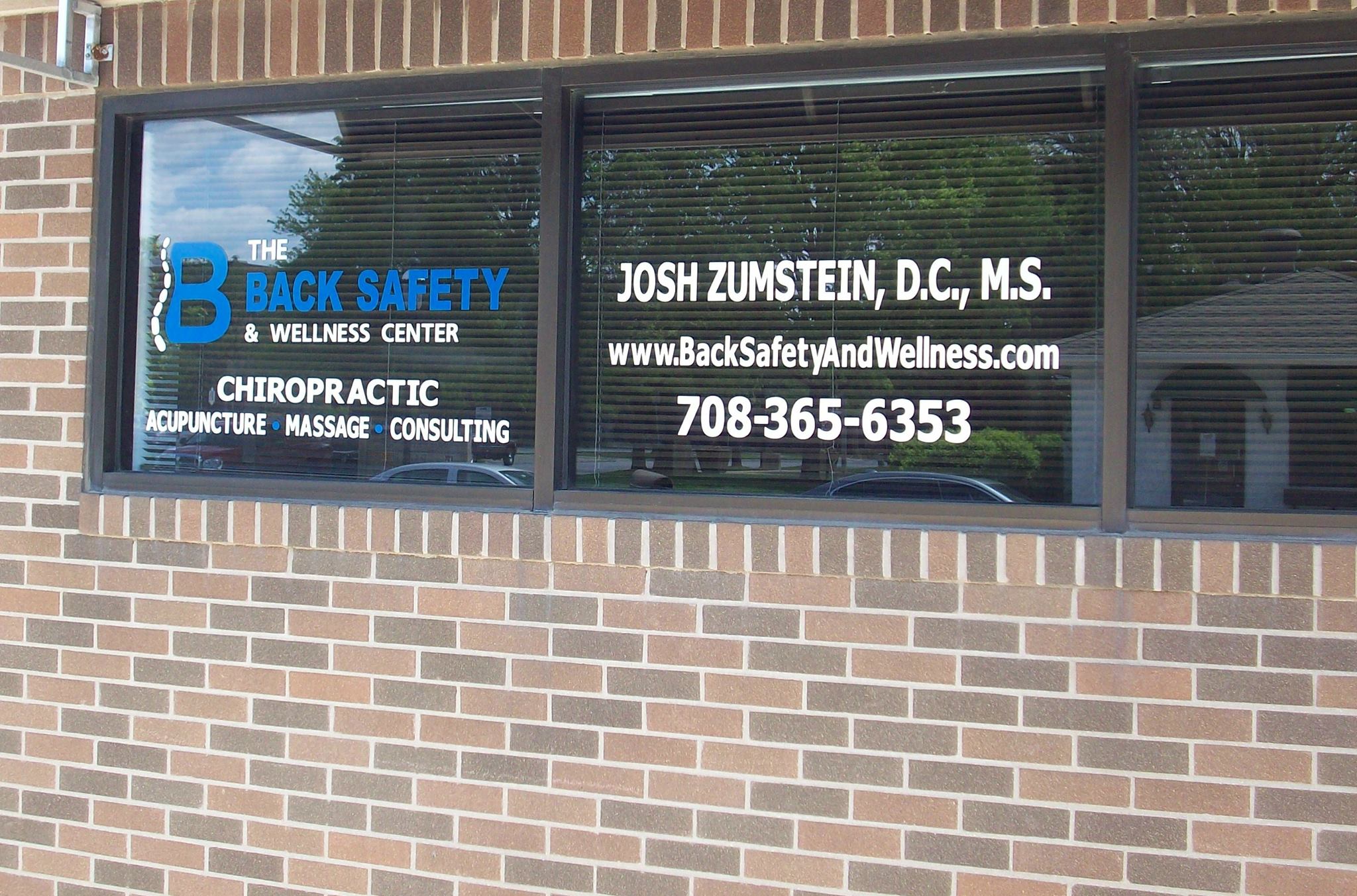BACK-TO-SCHOOL BACK SAFETY
Children attending school frequently suffer from back and neck pain. In fact, injuries related to backpack use have risen almost 300% in the past 10 years. Let's review some basic steps that your child can use to prevent a back and neck injury while attending school.
Step 1: Ensure your child is wearing a proper backpack
Your child's backpack should not be larger than your child's torso; the width and length of the backpack shouldn't exceed the size of your child's back. Specificially, a backpack shouldn't hang lower than 4 inches below his/her waist or extend beyond the width of his/her shoulders. In addition, the backpack should have two, padded straps that allow the backpack to fit properly in the center of his/her back.
Step 2: Make sure your child carries less than 10% of his or her bodyweight in a backpack
Children are likely to suffer from upper and mid back pain if they repeatedly carry greater than 10% of their body weight in backpacks over their shoulders. There is a correlation between backpack weight (greater than 10%) and an increase in missed school days. And, as mentioned, children with back pain are more likely to develop back pain as an adult. Luckily, there is an easy solution: keep less than 10% of your child’s bodyweight in the backpack!
Step 3: Carry backpack loads correctly
Evidence shows that there is a particular way to carry objects in your backpack based on the environment in which you are walking. If you are walking over “rough ground,” you should carry the load of your backpack at the very bottom of the pack. If you are walking over “smooth ground,” carry the load high in your pack. The different walking environments produce varying stresses on the body. Placing the loads to accommodate the terrain can prevent back problems. Obviously, your child is walking over “smooth ground” at school, so keep the loads high in the backpack. And, don't forget to keep the larger, heavier objects closest to your child's body.
